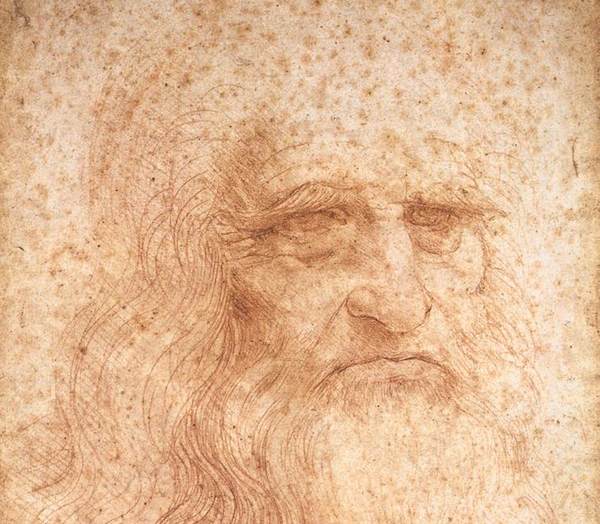
The mysteries of Leonardo da Vinci have long captivated the art world, from Dan Brown’s over-the-top thriller The Da Vinci Code to countless theories about the identity of the Mona Lisa. (Was she his mother? Did she have syphilis? And what’s the deal with that smile?)
Now, environmental scientist Jesse H. Ausubel, director of the Program for the Human Environment at New York’s Rockefeller University, is leading the charge to solve a da Vinci mystery you probably haven’t even considered: he wants to sequence the Renaissance great’s DNA.
“I think Leonardo, with his love of knots and puzzles, would take delight in our success, should we achieve it,” Ausubel told the Octavian Report, which recently spoke with the scientist about his work on the Leonardo DNA Project, first announced in 2016.
Similar technology has been used to analyze the DNA of Neanderthals, proving that many modern humans are partially descended (about two percent) from the species, which went extinct some 20,000 years ago. Historical figures including Christopher Columbus and King Richard III of England have also gotten the DNA-sequencing treatment.
The scientific process has come a long way over the last 10 years. “In the early days, it was necessary to have quite a good sample or pool of DNA,” said Ausubel. “What’s happened over the last decade or two is that we’ve become very good at what’s called single-cell genomics, working from literally one cell—or one part of a cell in the case of mitochondria—even if it’s been damaged.”
Leonardo da Vinci, Mona Lisa (1503–1517). Courtesy of the Louvre.
Advances in technology have also made the process much more affordable. Sequencing the first human genome cost some $2 billion, according to Ausubel, but it is now possible to carry out the same process for $10,000 or less.
Tracking down a viable sample is perhaps the most challenging part of the operation. Ausubel’s preference would be to go straight to the artist’s tomb, but Leonardo’s grave, in St. Amboise, France, has been disturbed at least twice since his death in 1519. Therefore, any sample obtained from it is potentially contaminated.
There is a way, however, that scientists could make sure that Leonardo’s bones haven’t been moved—by comparing grave samples to the remains of the artist’s father and half siblings, laid to rest in Florence’s Badia Fiorentina church. “If DNA from the father and a half-brother in the Badia were to match DNA obtained in Amboise,” noted Ausubel, “that would be very encouraging.”
If that fails, another promising source of Leonardo’s genetic material is the artist’s famous notebooks. “He wrote on pretty much every square inch of both sides of the sheets of paper, and so he really would have handled these a lot. Skin cells would have come off; possibly blood at some point or saliva,” said Ausubel. “We’re quite optimistic that we could find DNA on sheets of the notebooks.”
Sequencing Leonardo’s DNA is more than just an intriguing challenge: Ausubel points out that the artist’s famously strong eyesight is genetic, suggesting the possibility that we might one day be able to replicate this desirable trait in others.
Having cracked Leonardo’s genome, researchers might also be able to identify other works by the artist based on traces of genetic material left behind on paintings. It’s a benefit that could improve the art-authentication process as a whole, Ausubel says. “Advancing the state-of-the-art with respect to DNA as an additional means of attribution could be very valuable.”
Unfortunately, despite technological advances, and decreased costs, these things still take time. In an email to artnet News, Ausubel admitted that it’s hard to know when they might finish mapping the artist’s genome. “2019 will be the 500th anniversary of Leonardo’s death,” he added, “so we would be delighted to have some major results to announce during that year, probably in the latter part of the year.”